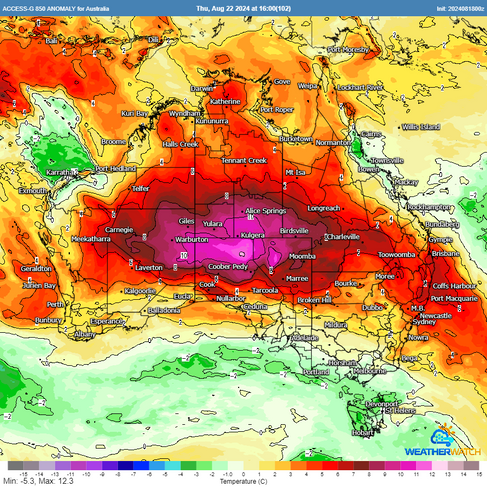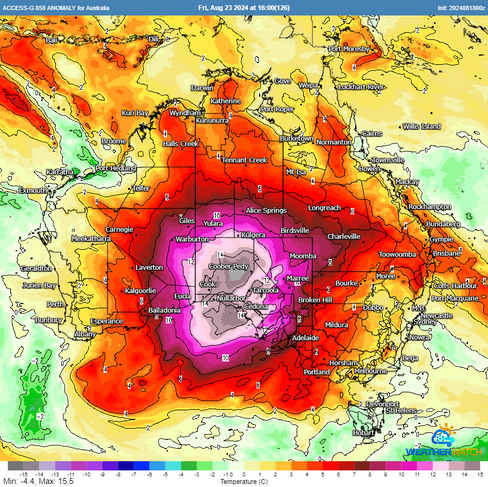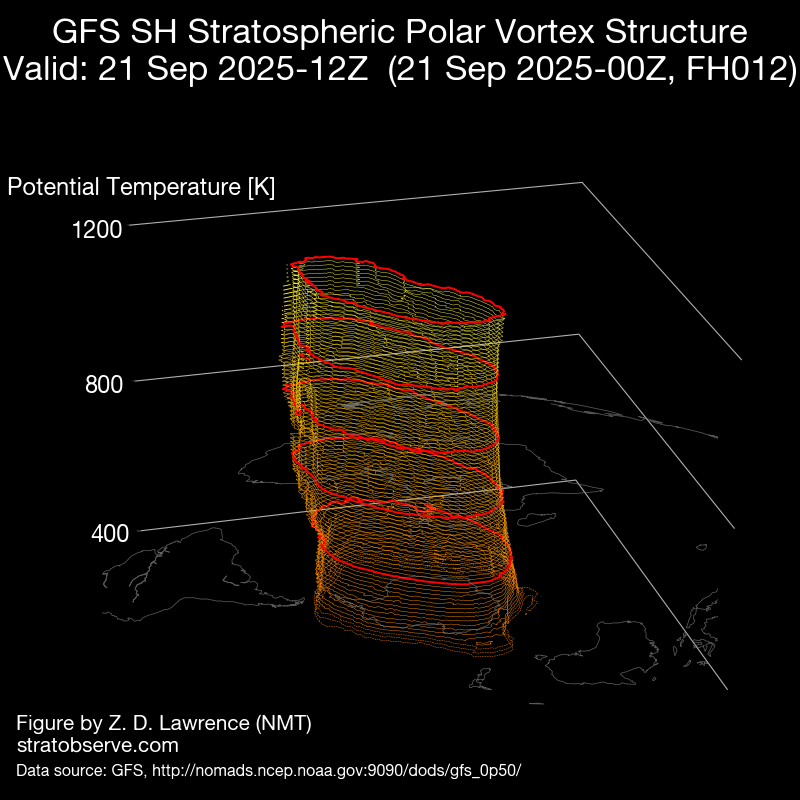Near Record "Early Spring" Warmth for parts of Australia — Will Fire Dangers Follow?
- Weatherwatch
- Aug 18, 2024
- 2 min read
Maximums to Approach Record Levels in Central Australia
Most notably, Alice Springs is expected to see maximums hover in the low to mid-30s for much of this week. While Alice Springs is no stranger to heat, it's still winter in the nation's centre, where the average maximum is just 22.8°C in August. While this rises quickly to 27.5°C in September, it still falls well short of the 35°C forecasted later this week. For reference, the all-time highest August temperature is 35.2°C.

Warmth to Spread to Southern & Eastern Australia
Although not as extreme as in central Australia, well above-average maximums are on their way. Adelaide will see temperatures push into the mid-20s by the weekend—temperatures typically experienced in October, not August, and 7-8°C above average.

Sydney is also likely to experience much of the week, from Tuesday onwards, with temperatures hovering in the low to mid-20s, which is 3-6°C above average for August.

Brisbane has already felt the warmth, with maximums nudging close to 30°C this past Saturday. Although forecasted temperatures aren’t quite as high, maximums will mostly hover in the mid-20s this week, reaching 27°C on Thursday and Friday—much more October-like than August-like.

The Cold Start to Winter has Contributed to the Late Winter Warmth
It sounds counter-intuitive, but read our story from early July about why we thought that August could become warm due to the cold start to winter.
Bushfire Dangers May Follow
For parts of eastern Queensland and NSW that recently experienced unseasonal rain, this will mitigate bushfire concerns in the short term. However, the next 1-2 months are typically some of the driest times of the year for not just NSW and Queensland, but large parts of central to northern Australia. When this dry weather coincides with higher temperatures, vegetation dries out more rapidly, leading to a sharp increase in bushfire dangers—particularly as cold fronts sweep through and bring gusty winds.
850mb temperature anomalies across Australia from Monday to Friday from the ACCESS-G model. Source: Weatherwatch MetCentre
Even for parts of NSW and Queensland that have received rainfall, it’s important not to be complacent. It only takes a few weeks of warm, dry conditions to dry out the vegetation and increase bushfire risks.
Time to Prepare is Now
Bushfire season can arrive quickly—the time to prepare your home or business is now. Ensure that you have a bushfire survival plan in place and that your property, whether residential or commercial, is clear of debris and dry vegetation. Businesses should review their emergency procedures and ensure that all employees are aware of evacuation plans and safety measures. Simple actions like cleaning gutters, trimming overgrown trees, and securing flammable materials can make a significant difference in protecting both homes and workplaces.













